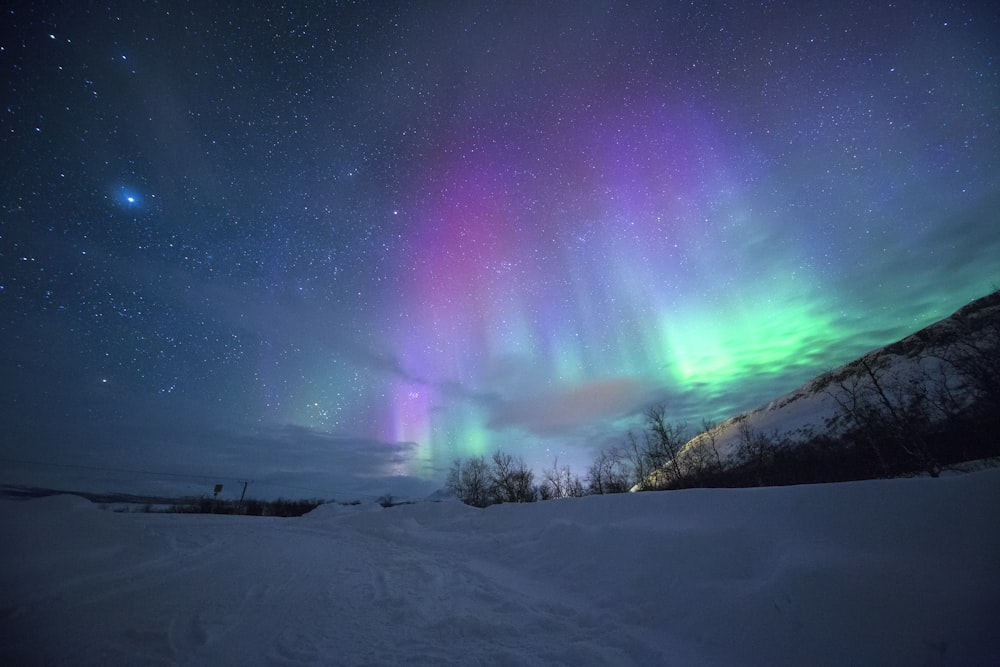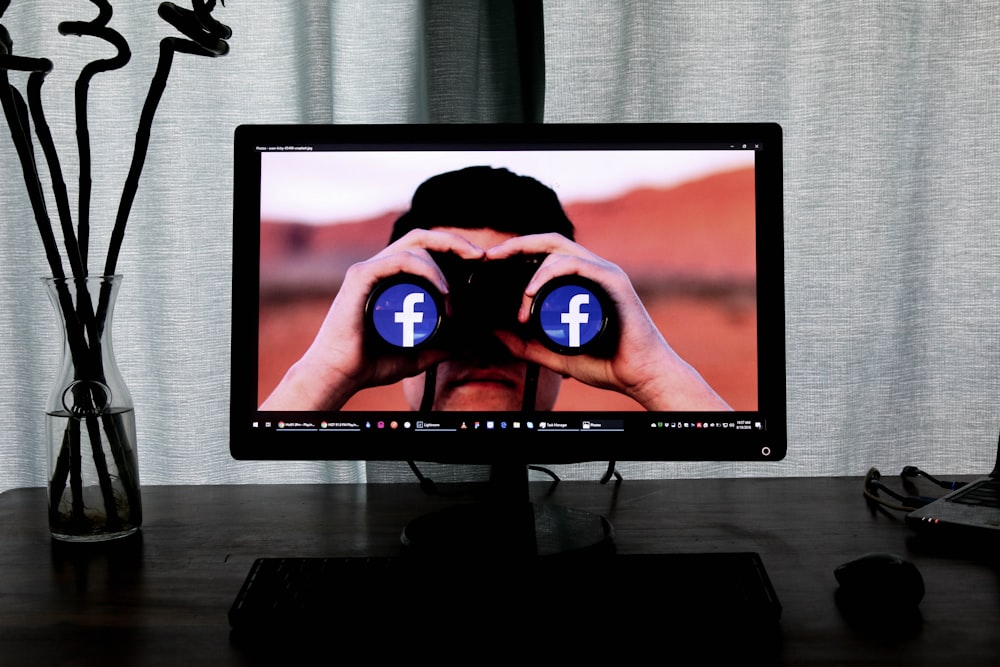In mid-September, Ryan Oliver of Pinnguaq (me!) visited the University of Tromsø in Tromsø, Norway as a part of the Arctic Modernities Conference. I spoke in a conference entitled “Indigenous Cultural Heritage and Technology in the Arctic”. I spoke on a few topics, providing a general overview of the Internet in Nunavut and how it compares to the rest of the circumpolar world.
A fascinating (if you find paint drying to be fascinating) video of the audio of the talk, along with my slideshow is here. Please enjoy.
If you’re one who prefers text, we’ve got you covered. Here is a transcript of Part 1. Please note I spoke “off the cuff” more than not at this event and the audio/video does not follow this prepared speech word for word, but certainly in theme/message. The written text below is far more elegant, but the audio above is far more human. Comments/criticism and feedback is always welcome. Please check out Part 2 of this blog.
Indigenous Cultural Heritage and Technology in the Arctic- Transcript
Nunavut has a population less than half the size of Tromsø. Yet it covers a land mass in Northern Canada that would make it the eighth largest country in the world, if it were independent. Nunavut is home to a predominantly Inuit population that has experienced colonization in the form of forced relocation, mother language made taboo and an Canadian wide attempt to “kill the Indian in the child” that last close to 150 years and arguably still goes on to this date. Yet despite this, as the dust begins to settle, Inuit and Nunavummiut find themselves as such a unique point in history.
Since the creation of Nunavut in 1999, Inuit have begun a serious and effective push back against the long colonial history of my country. Now, globalization and technology, forces once feared as the ultimate colonial force in destruction of Indigenous cultures is being harnessed by those same cultures to strengthen, expand and solidify indigenous cultures across Canada. I truly believe that in Canada, Inuit are at the forefront of that.

Nunavut’s Internet Problem
It’s an uphill battle. The aforementioned size of Nunavut makes a reliable and strong Internet connection a constant source of heartache and frustration in the territory. Since 2005, Nunavut has been covered by a territory wide satellite network that provides a service that is occasionally called “high speed” and is more often better described as “at least its better than dial up!”. Larger towns such as my home community Pangnirtung, suffer from bottlenecks at peak hours which make the Internet nearly unusable. The capital city Iqaluit, which features the fastest growing population in Canada, despite having multiple options for service providers has nearly unusable Internet. It often depends on the time of day, the side of town you’re on and the position of the sun to determine whether Iqaluit’s Internet will connect.
A comparison of circumpolar countries across the world tell the story. Norway features 33Mbps as an average, though in a test I did earlier today I found this University is bringing in a download speed closer to 96Mbps, Sweden a blazing 47.1Mbps. Iceland clocks in at 36.1Mbps and Nunavut crawls in at 2.5Mbps if you’re willing to pay the $369/month charge. Most households experience less than 1Mbps at a modest $120/Month for a 15GB transfer ratio. Again, before leaving I ran a series of tests on the Internet speed in my hometown of Pangnirtung at various times in the day.
The fastest I ever received was a download speed of 1.15Mbps and an upload speed of 0.37. I ran the same tests on Government computers which operate off their own dedicated satellite separate from the publics primary Internet Service provider and found a maximum download speed of 2.2Mbps. This despite an order from the Canadian public authority on telecommunications that required all ISPs across Canada to provide a minimum download speed of 5Mbps.

As of September 1st, just 16 days ago – Nunavut’s hopes for a modern Internet connection were delivered a blow when, Canada refused to back a fiber optic line that would run through the Northwest passage from Japan to England, immediately connecting seven Nunavut communities to the network with routing centres that would allow 98% of Nunavut to be covered in a Fiber line. The first commercial traffic through the Northwest Passage would not have been ships carrying goods, but rather knowledge. And Pornography. Likely some pornography would have made it through as well.
Despite this, Nunavummiut consume bandwidth and participate in online life as much as anyone else. We consume the same online products everyone else does and the same expectations for service that the rest of the world has come to demand. Nunavummiut are using the Internet in some of the most exciting ways and I want to briefly share some of those with you. I stand before you not completely selfless and will introduce to you my own company, Pinnguaq, which means “Play” in the Inuit language. We began a few years ago as the first startup in Arctic Canada and our challenges and successes as a business mirror the reality Nunavummiut face as it relates to connectivity.
Broadband access, even as limited as it is, is providing Inuit with an unique opportunity for decolonization and to connect communities like never before. I speak here specifically of Indigenous decolonization, specifically the regeneration of Indigenous ideals, knowledge’s and ways of life. It is literally the push against Colonization and colonial mentality, as overpowering as it can get.
My favourite definition comes from Jeff Corntassel of the University of Victoria who defines decolonization as “everyday acts of resurgence”. Broken down into obtainable, daily acts, the monster of colonization does not seem so unstoppable. Inuit participate in these acts of resurgence daily, and the entire world can see it happening online.
Inuit on Facebook
Any conversation about Inuit on the Internet needs to begin with Facebook. My own research indicates that over 2/3rds of all Nunavummiut are on Facebook. This is especially impressive when you consider that around 50% of the population of Nunavut is under 24, meaning a great number of Nunavummiut are under the legal age for having a Facebook account (which is 13), and a great percentage of the population consists of unilingual, Inuktitut speaking, elders who are more often than not on the service. What this means is that nearly everyone in Nunavut who can be on Facebook, is on Facebook. And why not? It’s where the territory meets.

A look at Inuit cultural and history make perfect sense of this. Inuit cultural tradition, and indeed Nunavut’s very founding principles are based on consensus style leadership in which an equal voice is an important factor in any decision making process. The Internet provides the ultimately democracy, each person is welcome to share their experiences, their stories and their culture in an equal setting. On a basic level, Facebook has been turned into community hubs for all 25 Nunavut communities.
Announcements are made, sell/swaps help artisans, designers and people with old TVs find buyers for their goods. Kids who have gone out visiting in the community are found when its time to come home, people are praised for good work or called out for rude behaviour. Breakups and romances happen in real time for us to watch. Those who have passed are remembered and mourned. Conversations are had and brings together the communities in a wonderful way. Facebook has allowed Nunavut communities to connect like never before but at the same time in a way that is so familiar. In a way that speaks to the very root of Inuit traditional life and values.



